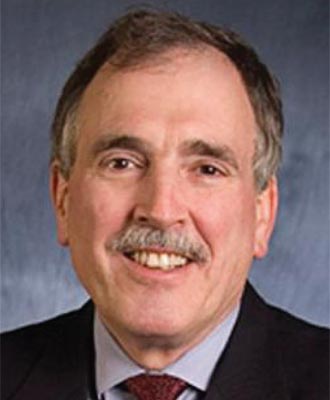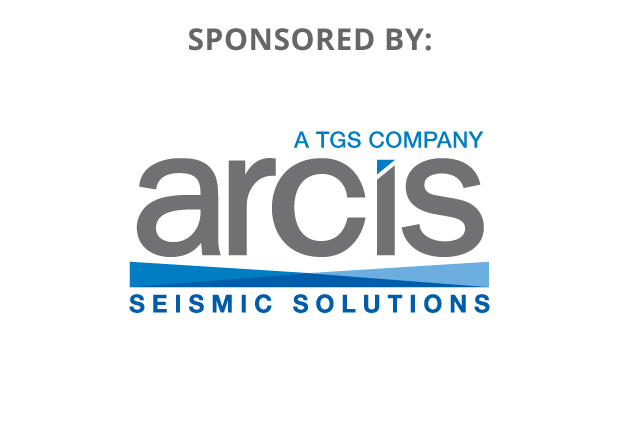Abstract
In 1981, John Sherwood programmed the Thomson-Haskell solution for a shot record in a horizontally-layered media; a program he called SOLID. Fred Hilterman will share 31 years of elastic modeling that led to shouting eureka after discovering the physical processes contributing to a seismic problem.
As inferred, SOLID provides insight and understanding to a wide range of problems that Mother Nature imposes. One of the more difficult problems however, is unraveling and subsequently compensating for near-surface effects. Erroneous subweathering velocities derived from the analysis of apparent refractions can be directly related to thickness variations of either the weathering or subweathering layers. Moreover, "shingling" phenomenon often occurs in refraction picking that is easily explained by elastic modeling which then leads to methods for incorporating shingling into the refraction analysis. In some cases, depending upon the shear-wave velocities, the most prominent refraction event may be a true refraction from a high-velocity layer, a reflection from the base of the high-velocity layer or a diving wave; and now the interpretation of velocity becomes questionable.
Applications of total elastic modeling over the years include:
- field-acquisition design: summation vertical velocity and pressure
- noise rejection algorithms after identifying what is signal and noise on synthetics
- shear-wave velocity transforms from converted waves
- quantitative interpretation from borehole to seismic
- development of 3D refraction migration for building depth models
- general understanding of what effects seismic amplitude
With the continued emphasis on reflection amplitude with offset and refraction analysis, a merging of reflection information with refraction information seems appropriate. A task well suited for total elastic models. Also, thickness predictions, Poisson ratio changes, vertical velocity distributions, are desired products from reflection amplitude with offset analyses. However, these products also dramatically affect refraction arrival times and amplitudes. Thus, maybe future interpretation efforts will combine reflection and refraction information to remove some ambiguity that exists if only one technique is used by itself.
Biography
Fred J. Hilterman received a geophysical engineering degree and PhD in geophysics from Colorado School of Mines. He worked for Mobil and the University of Houston. In 1981, he co-founded GDC, now a part of Geokinetics where he is Chief Scientist of Processing and Integrated Reservoir Geoservices. Fred also lectures at UH where he is a Distinguished Research Professor. His interest continues in quantifying petrophysics to seismic applications.
Fred is a longstanding contributing member of GSH, SEG, EAGE and AAPG. Fred was the 1996-97 SEG President. He received the SEG Best Paper and Best Presentation Awards, the CSM VanDiest Gold Medal and Distinguished Alumni Medal, the SEG Virgil Kauffman Gold Medal, Cecil Green Enterprise Award, Maurice Ewing Award and Honorary Memberships in SEG and GSH.






